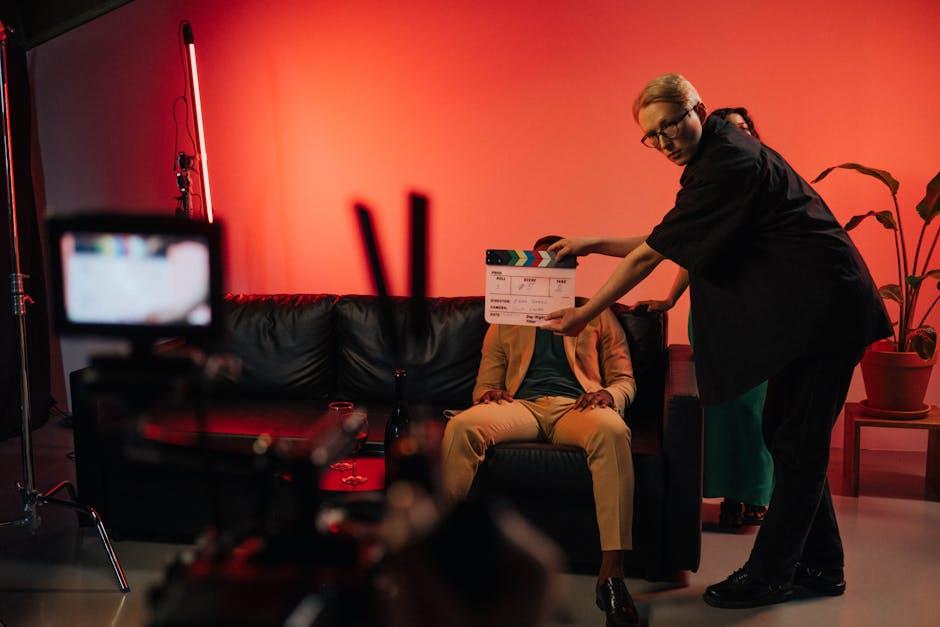Step beyond the polished screens and vibrant narratives of your favorite shows, and you’ll find a world bustling with creativity, collaboration, and countless unseen efforts. Behind every captivating episode lies a complex tapestry of talented individuals—writers, directors, set designers, and crew members—working harmoniously to bring stories to life. This article invites you to peek behind the curtain, exploring the intricate processes and hidden moments that transform scripts into memorable television experiences. Join us as we uncover the unseen artistry and dedication that shape the shows you love.
Table of Contents
- Unveiling the Art of Scriptwriting and Story Development
- Exploring Set Design and the Magic of Visual Effects
- The Craft of Acting and Character Transformation
- Directing Dynamics and the Vision Behind the Camera
- Sound Engineering and the Power of Audio Atmosphere
- Post-Production Secrets and Editing Mastery
- Q&A
- Concluding Remarks
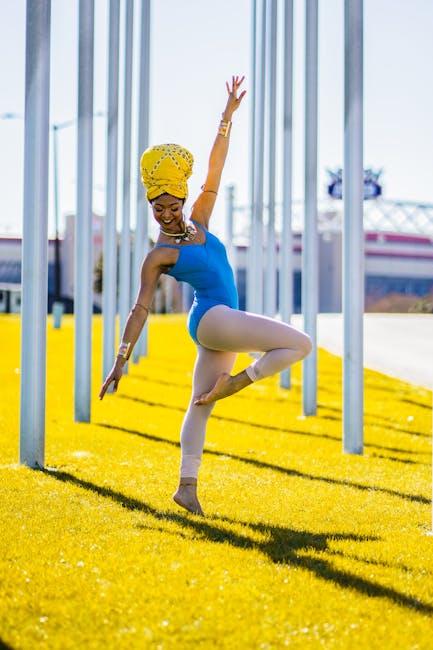
Unveiling the Art of Scriptwriting and Story Development
Crafting a compelling script is much like painting a vivid canvas, where every line, pause, and character arc comes together to tell an immersive story. Writers meticulously map out plot twists, dialogue, and emotional beats to ensure viewers remain captivated from the first scene to the final frame. This delicate balance of creativity and structure requires understanding not only narrative flow but also character motivation and pacing, creating moments that resonate deeply with audiences.
Story development is an evolving process that involves collaboration across multiple disciplines. Here’s a glimpse into its vital stages:
- Idea Generation: Brainstorming core themes and unique concepts.
- Outline Creation: Mapping the overall plot structure.
- Drafting: Writing preliminary scripts with key dialogues.
- Revisions: Refining with input from directors and producers.
- Finalization: Polishing the script for shooting.
| Stage | Purpose | Duration |
|---|---|---|
| Brainstorming | Concept development | 1-2 weeks |
| Outlining | Plot mapping | 2-3 weeks |
| Drafting | Script writing | 4-6 weeks |
| Revisions | Enhancing and polishing | 2-3 weeks |
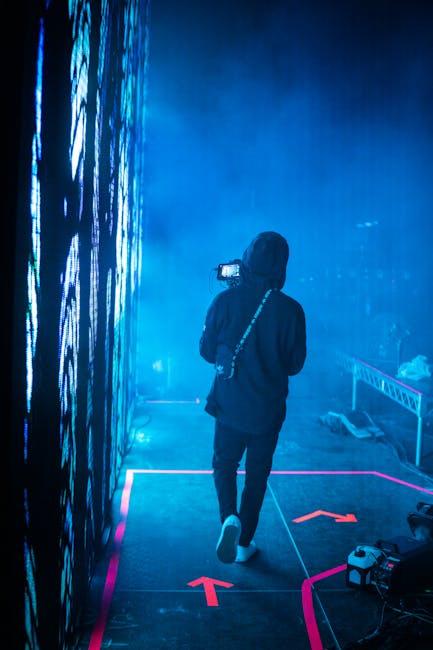
Exploring Set Design and the Magic of Visual Effects
Step inside the realm where imagination takes physical shape, and every corner of the set breathes life into the story. Expert set designers manipulate space, light, and texture to create environments so immersive you might forget they’re crafted from plywood and paint. From grandiose castles to cozy living rooms, these artisans blend architecture and psychology to influence mood and narrative—each prop strategically placed to evoke a character’s essence or hint at a plot twist. The magic happens when creativity meets precision: every detail, no matter how small, is a thread woven into the storytelling fabric.
How Visual Effects Amplify Set Design
- Augmentation: Visual effects extend physical sets beyond reality, turning rooms into extraterrestrial landscapes or war-torn battlegrounds.
- Illusion: Seamless compositing merges real footage with CGI, turning actors into heroes soaring through sky-high cities or sinking in deep oceans.
- Atmosphere: Digital enhancement refines lighting, smoke, and weather, shaping emotions and intensifying drama without interrupting flow.
| Set Element | Visual Effect Use | Purpose |
|---|---|---|
| Ancient Library | CGI shelves extending infinitely | Create a sense of limitless knowledge |
| Urban Alley | Digital rain and fog | Enhance gritty, mysterious environment |
| Futuristic Cityscape | Light trails and hover vehicles | Immersive sci-fi atmosphere |
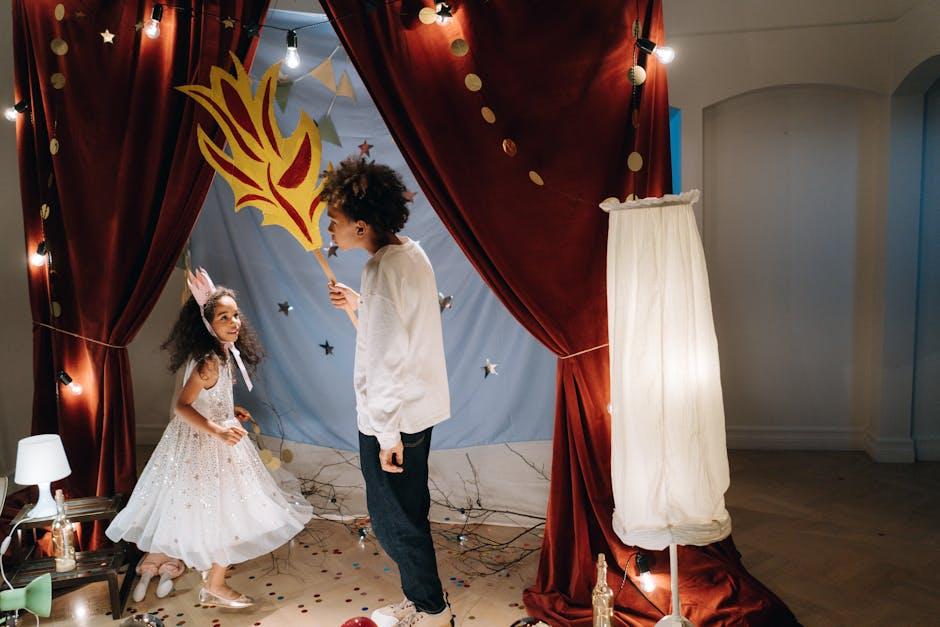
The Craft of Acting and Character Transformation
Actors don’t simply step into a role; they undergo a metamorphosis that turns words on a page into a living, breathing character. This delicate process often involves a deep dive into psychology, history, and sometimes, even physical alteration. Through method acting, performers can channel their character’s emotions, allowing for an authentic portrayal that resonates deeply with the audience. From mastering a unique dialect to adopting specific mannerisms, each nuance serves as a brushstroke in the actor’s intricate canvas.
Behind the scenes, transformation extends beyond internal shifts. Consider the elaborate preparations, which often include:
- Extensive rehearsals focused on character motivation and relationships
- Collaborations with costume and makeup departments to perfect visual identity
- Physical training tailored to embody the character’s physique or movement style
- Voice coaching that sharpens intonation, pitch, and rhythm
| Aspect | Purpose | Example |
|---|---|---|
| Makeup | Age transformation | Prosthetics for elderly characters |
| Dialect Coaching | Authenticity in speech | British accent for a London-based role |
| Physical Training | Character’s physicality | Martial arts for action roles |
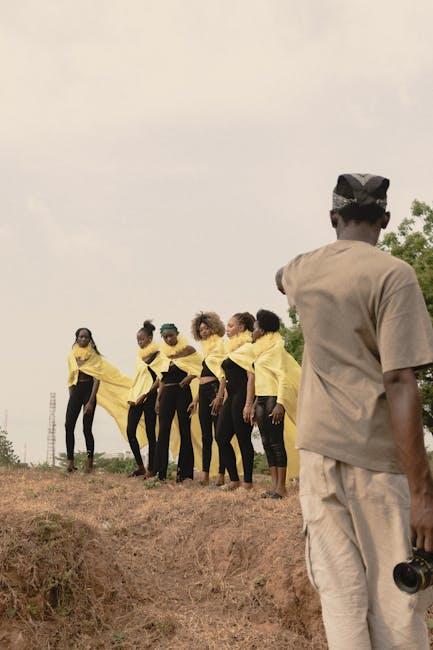
Directing Dynamics and the Vision Behind the Camera
Every mesmerizing scene is more than just actors hitting their marks; it’s a carefully orchestrated ballet directed by the visionary behind the camera. The director wields the power to transform a script into a living, breathing story by guiding performances, framing moments, and setting the tone. They negotiate the delicate balance of pacing and emotion, turning raw footage into captivating narratives that resonate with audiences. In this dynamic interplay, subtle choices—like a lingering close-up or a sweeping wide shot—can redefine the entire scene, breathing nuance into the storytelling.
Effective direction relies on collaborative synergy, and behind the lens lies an intricate ecosystem of talents supporting this vision. From the cinematographer’s lens choices to the assistant director’s meticulous scheduling, every role contributes to the unified pulse of the production. Below is a snapshot of key roles that work in tandem to actualize the director’s artistic blueprint:
- Director of Photography: Crafts the visual style and lighting.
- Assistant Director: Manages shoot flow and timing.
- Production Designer: Designs the look and feel of sets.
- Script Supervisor: Ensures continuity and consistency.
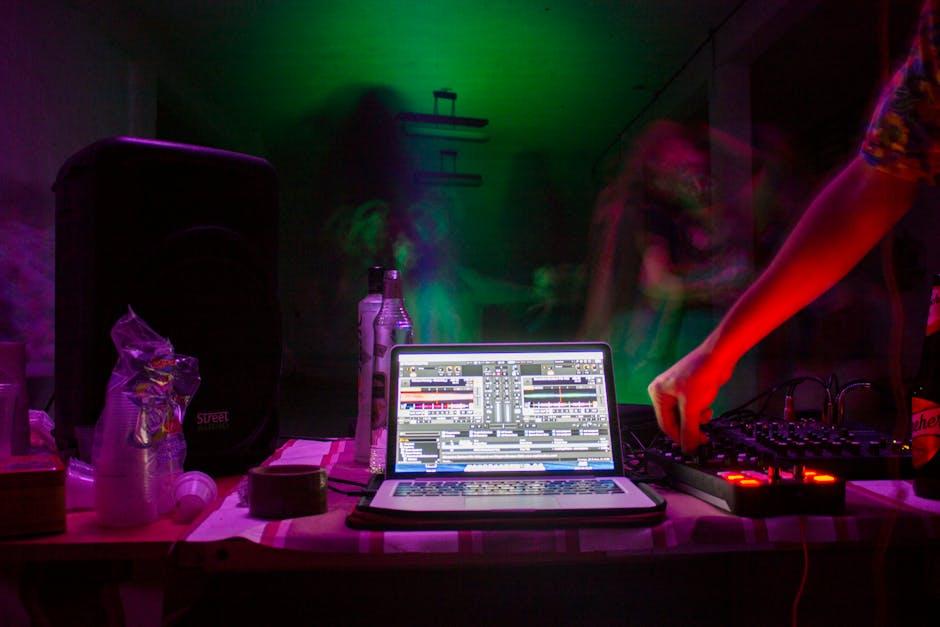
Sound Engineering and the Power of Audio Atmosphere
Every iconic moment in a show isn’t just seen—it’s felt through a meticulously crafted audio landscape. Sound engineers are the unsung heroes who sculpt this invisible atmosphere, blending dialogue, effects, and background music with surgical precision. They wield an arsenal of tools to manipulate everything from subtle room tones to explosive soundscapes, ensuring viewers are not just passive watchers but fully immersed participants. Through layered ambient sounds and spontaneous audio cues, they build emotional resonance, turning simple scenes into unforgettable experiences.
Behind the curtain, the process is both an art and a science. Sound engineers balance technical expertise with creative intuition, often collaborating with directors and composers to synchronize sound with narrative rhythms. Here’s a glimpse of their multifaceted work:
- Designing custom sound effects to add depth and realism
- Calibrating audio levels to maintain clarity amid chaos
- Creating auditory illusions that manipulate spatial perception
- Mixing multi-channel audio for immersive surround sound experiences
| Key Audio Elements | Purpose | Effect on Audience |
|---|---|---|
| Foley Art | Reproduce everyday sounds | Enhances realism and engagement |
| Reverberation | Simulate natural acoustic spaces | Creates mood and spatial context |
| Dynamic Range Control | Balance loud and quiet sounds | Ensures clarity and emotional impact |
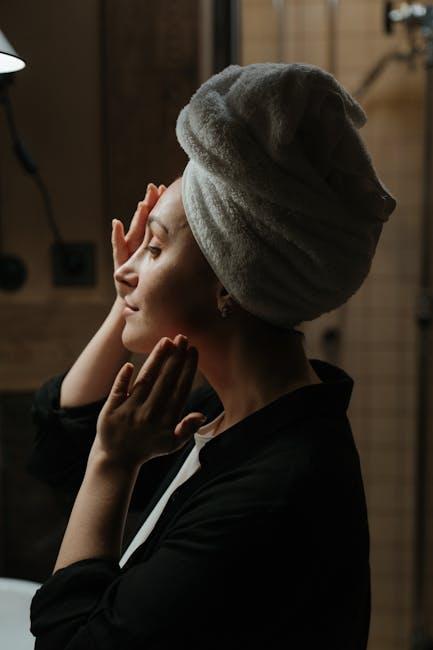
Post-Production Secrets and Editing Mastery
In the world of television and film, the magic truly happens long after the cameras stop rolling. Editors sift through hours of raw footage, piecing together the perfect narrative puzzle. From selecting the most emotive takes to syncing sound effects seamlessly, every cut is crafted with precision to enhance storytelling. The artistry lies in subtle transitions and visual rhythms that keep the audience engaged without even realizing the complexity behind each frame.
- Color Grading: Transforming mood and atmosphere through hues and shadows.
- Sound Design: Layering ambient noises and effects to immerse viewers.
- Visual Effects Integration: Enhancing scenes without overpowering the story.
| Editing Technique | Purpose | Impact |
|---|---|---|
| Jump Cuts | Speed up time | Maintains visual pace |
| Match Cuts | Connect scenes visually | Enhances continuity |
| Montage | Condense events | Builds narrative momentum |
Q&A
Q: What does “behind the scenes” mean in the context of television shows?
A: “Behind the scenes” refers to the unseen work and processes involved in creating a television show. It includes everything from scriptwriting, set design, and directing to makeup, lighting, and post-production editing. These elements come together to bring the final product to life.
Q: Why do viewers find behind-the-scenes content fascinating?
A: Audiences are often curious about how their favorite shows are made. Behind-the-scenes content reveals the complexity, creativity, and teamwork required to produce what looks effortless on screen. It also offers a glimpse into the personalities and challenges faced by the cast and crew.
Q: What roles are essential in a TV show’s production that viewers might not immediately recognize?
A: Beyond actors and directors, crucial roles include script supervisors who ensure continuity, gaffers who manage lighting, costume designers who create authentic wardrobes, and Foley artists who craft sound effects. Each plays a vital part in shaping the show’s atmosphere.
Q: How does the behind-the-scenes process influence the storytelling on screen?
A: Every production choice—from camera angles and lighting to music and editing—affects how the story is perceived. Behind-the-scenes decisions help set tone, build suspense, or enhance emotional impact, enriching the viewer’s experience without them even realizing it.
Q: Can knowing behind-the-scenes details change how someone watches a show?
A: Absolutely. Understanding the effort and artistry involved can deepen appreciation for the show. It might also highlight certain creative choices or character developments that previously went unnoticed, adding layers of enjoyment to the viewing experience.
Q: How has technology changed the way behind-the-scenes content is shared with audiences?
A: Advances in technology have made it easier to capture and share behind-the-scenes moments through social media, web extras, and interactive features. Fans can now engage more directly with creators and see live updates from sets, blurring the lines between production and audience.
Q: Are there any risks or challenges involved in revealing too much behind-the-scenes information?
A: While transparency can build fan enthusiasm, it can also spoil surprises or disrupt the magic of storytelling if sensitive plot details are revealed prematurely. Producers often balance honesty with discretion to maintain excitement while respecting the creative process.
Q: What can aspiring filmmakers or actors learn from behind-the-scenes content?
A: Behind-the-scenes glimpses provide valuable insights into the collaborative nature of show business, problem-solving under pressure, and the technical skills required. They serve as educational tools that inspire and prepare newcomers for the realities of production life.
Concluding Remarks
Peeling back the curtain on the world behind your favorite shows reveals a tapestry woven with creativity, dedication, and countless unseen moments. It’s a reminder that every laugh, tear, and gasp on screen is the result of passionate individuals working tirelessly behind the scenes. Next time you settle in to watch, take a moment to appreciate not just the story unfolding before you, but the intricate dance of effort and artistry that brings it to life. Behind every scene lies a story waiting to be discovered.

